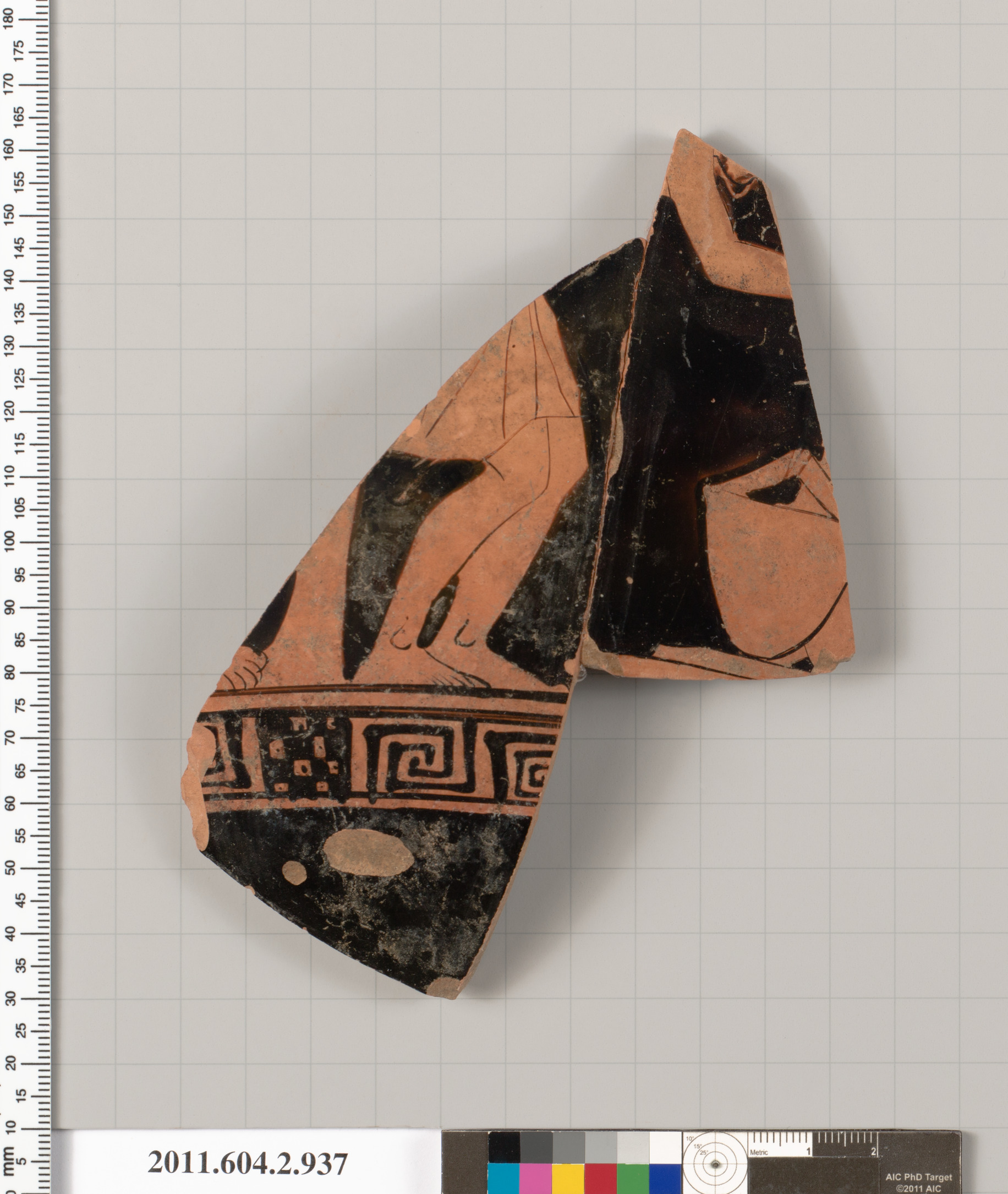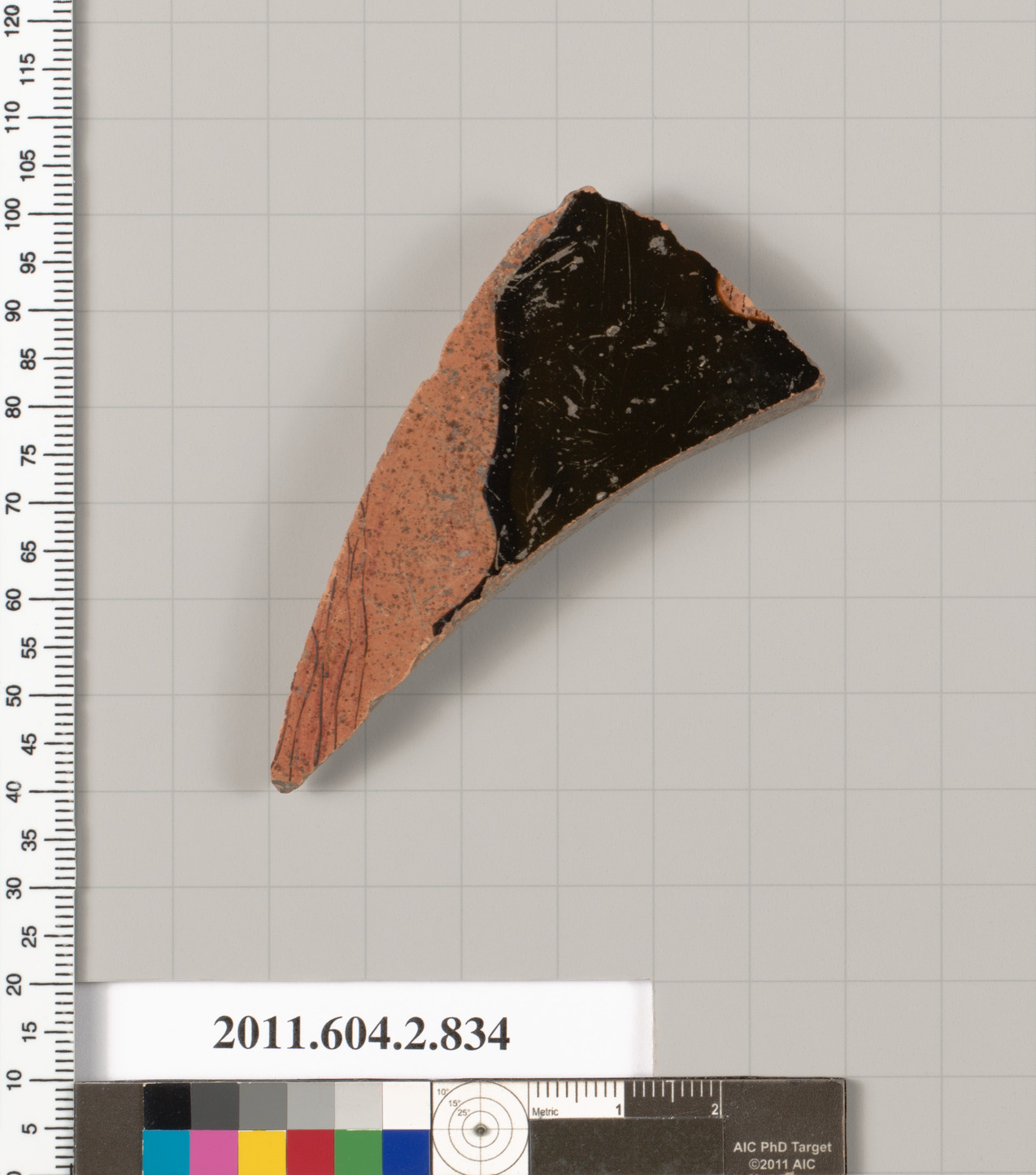



The modern Greek word now used for undiluted wine, krasi ( κρασί), originates from the krasis ( κράσις, i.e., mixing) of wine and water in kraters. In fact, Homer's Odyssey describes a steward drawing wine from a krater at a banquet and then running to and fro pouring the wine into guests' drinking cups. Thus, the wine-water mixture would be withdrawn from the krater with other vessels, such as a kyathos (pl. They were quite large, so they were not easily portable when filled. ISBN 978-1-85233-193-1.Further information: Ancient Greek vase painting and Pottery of ancient GreeceĪt a Greek symposium, kraters were placed in the center of the room. Celestial Objects for Common Telescopes (6th revised ed.). "Report on Lunar Nomenclature by the Working Group of Commission 17 of the IAU". Who's Who on the Moon: A Biographical Dictionary of Lunar Nomenclature. A similar-sized lunar dome is located an equal distance to the west, designated Arago Beta (β).Īrago is a crater of Eratosthenian age. To the north is a large lunar dome designated Arago Alpha (α). The surface of the mare nearby is marked by wrinkle ridges, most notably to the east and southeast. There is a central ridge that runs towards the northern wall. The rim of Arago has a bulge in the western wall. To the southeast is the large Lamont formation that has been submerged by the mare. To the southwest lies the crater Manners, and beyond are Dionysius and the Ritter– Sabine crater pair.

It was named after French astronomer François Arago in 1935. Arago is a lunar impact crater located in the western part of the Mare Tranquillitatis.


 0 kommentar(er)
0 kommentar(er)
